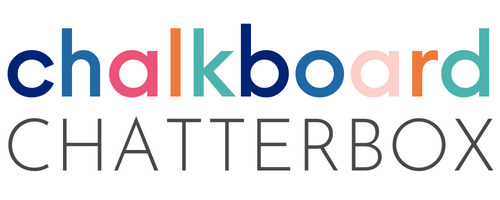Word Wall or Sound Wall?: Crack the Reading Code
No matter if you prefer Balanced Literacy or The Science of Reading, reading teachers are looking for the best practices for their students. What is the best way to help students develop, understand and apply new vocabulary? Should reading teachers be using a word wall or a sound wall?
In this post, you’ll learn:
the benefits of using a word wall
the importance of a sound wall in phonics instruction
the difference between word walls and sound walls
What is a Word Wall?
A word wall is a tool that teachers use to help students develop content vocabulary. A word wall is an alphabetical list of sight words and other important content words in a large display for students to access throughout the year. Teachers can create them for specific content areas like math or science to enhance vocabulary and spelling skills.
Word walls are beneficial for language development because they promote confidence and independence in young learners. Students constantly interact with new content vocabulary, as new words are added. With repeated practice, students learn to use the word wall as a bridge to apply content vocabulary knowledge to independent practice.
What is a Sound Wall?
A sound wall is a tool that’s used in phonics instruction. A sound wall is a visual display of phonemes and graphemes organized by manner of articulation, or how the sound is produced. A sound wall allows students to make sense of phonics rules and patterns.
Using a sound wall is beneficial because students learn the correct way to move their tongue, teeth, and mouth to form sounds. The unique design of a sound wall introduces sounds slowly, based on the level of difficulty. Sound walls are the perfect visual tool to develop phonological awareness in students.
Do you want to learn more about what to include in your Sound Wall? Click the button below to read Why I’m Trading My Word Wall for a Sound Wall.
Key Differences Between Word Walls and Sound Walls
Word walls are commonly utilized by teachers who use the Balanced Literacy approach. Teachers explicitly teach language and vocabulary through shared reading texts, comprehension, and word work. The word wall is constantly being updated to reflect vocabulary knowledge from shared reading experiences. The word wall becomes an interactive way for students to develop a rich vocabulary.
Classrooms that incorporate The Science of Reading will typically display new words phonetically, using a sound wall. This approach to reading focuses on explicit phonics instruction, phonemic awareness, and fluency. Using a sound wall, students have the opportunity to make connections between letters and sounds, and develop phonemic awareness. The interactive nature of uncovering new sounds and words makes phonics more engaging and a favorite part of the day.
A word wall and a sound wall work similarly to teach students to take ownership of new learning. Both tools have unique benefits that meet the needs of diverse learners. Teachers can incorporate a balance between both approaches and find the best way to utilize each tool to unlock the magic of reading.
Implementing Word Walls and Sound Walls in Your Classroom
Teachers are innovative. Why not combine the helpful components of each resource to make the most beneficial tool? Create an engaging and interactive display for new vocabulary that organizes that words phonetically.
The classroom resource will initiate cross-curricular connections as students use phonics knowledge to add words from all content areas. By combining the best aspects of each resource, your students will get the most out of learning new vocabulary.
Wrap-Up
Whether you decide to organize important vocabulary words alphabetically or phonetically, both approaches have many beneficial aspects to meet the needs of all learners.
With explicit instruction, students can use an academic word wall to document and organize important vocabulary from different content areas.
Use a sound wall as a visual tool to show the connection from letters to sounds by displaying words phonetically.
Want to try this later? Save Word Wall or Sound Wall?: Crack the Reading Code to your favorite Pinterest board.
You’ll love these related posts











